Curious about how to bridge tokens from Arbitrum, BNB Chain, or Linea to Base? You’re not alone! With the rise of Base as a low-fee, high-speed Layer 2 solution, more users are looking for simple ways to move their assets across chains. Whether you want to move USDC, ETH, or your favorite memecoins, this guide will walk you through everything you need to know—step by step.

Why Bridge to Base? Key Benefits & Use Cases
Base is quickly becoming a go-to network for DeFi enthusiasts and NFT collectors thanks to its fast transactions and low fees. Here’s why so many are making the switch:
Top 3 Benefits of Using Base for DeFi & NFTs
-

Ultra-Low Fees: Base offers minimal transaction costs, making it ideal for frequent DeFi trades and NFT minting without breaking the bank.
-

Lightning-Fast Transactions: Enjoy rapid confirmations and smooth user experience, perfect for time-sensitive DeFi moves and NFT drops.
-
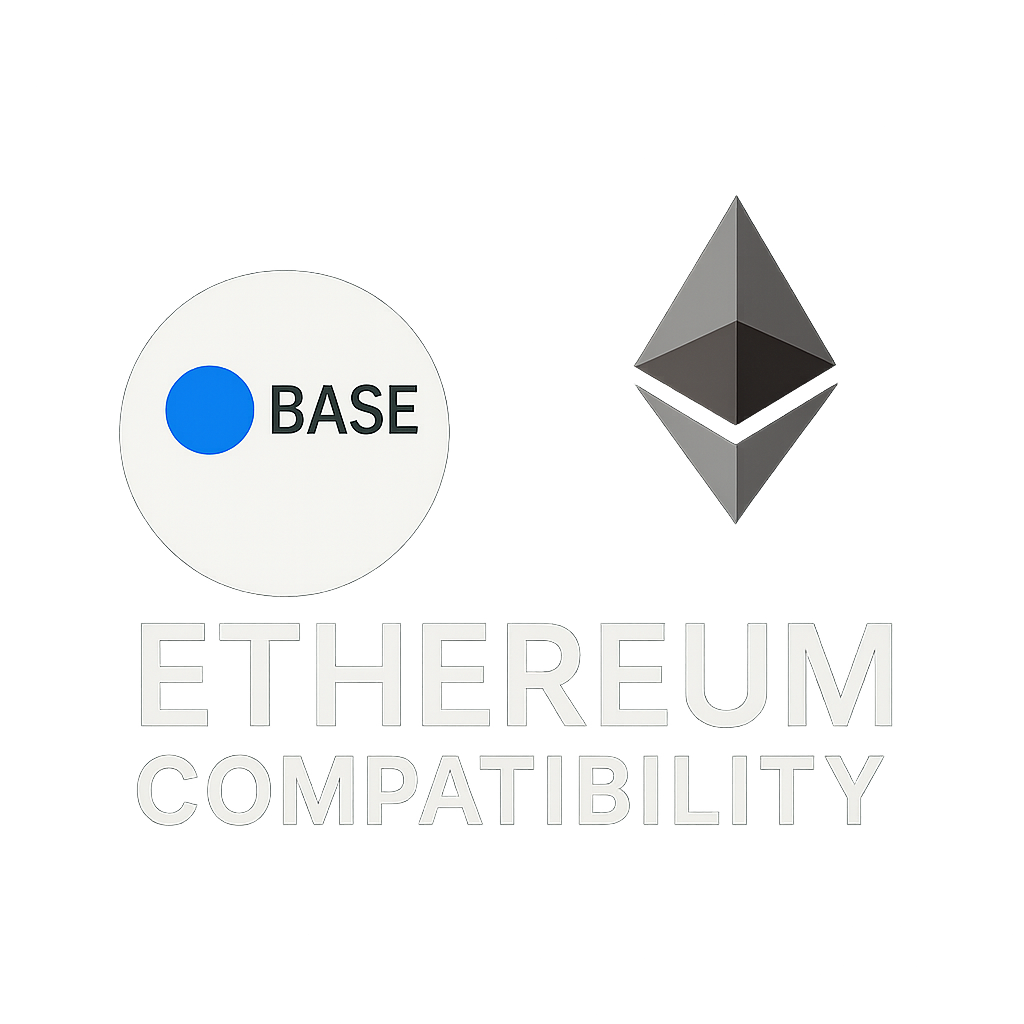
Seamless Ethereum Compatibility: Base is fully compatible with Ethereum, letting you use your favorite dApps and wallets while benefiting from Base’s efficiency.
From chasing new yield opportunities to exploring fresh NFT drops exclusive to Base, bridging your tokens unlocks a world of possibilities. But before we jump into the how-to’s, let’s clarify what “bridging” actually means.
What Does It Mean To Bridge Tokens?
Bridging is the process of transferring assets from one blockchain network (like Arbitrum or BNB) to another (like Base). This usually involves using a bridge protocol—a special dApp that locks your tokens on the source chain and issues equivalent tokens on the destination chain. The process can sound intimidating at first but is actually quite straightforward with modern bridge aggregators.
You’ll need:
- A wallet like MetaMask
- Some ETH (for gas fees)
- The contract address of your token if it’s not natively supported
The Fastest Ways To Bridge: Aggregators & Direct Bridges
You have several options for bridging assets—and each has its pros and cons. Let’s break down the most popular methods:
Direct Bridges vs. Bridge Aggregators: Key Differences
-
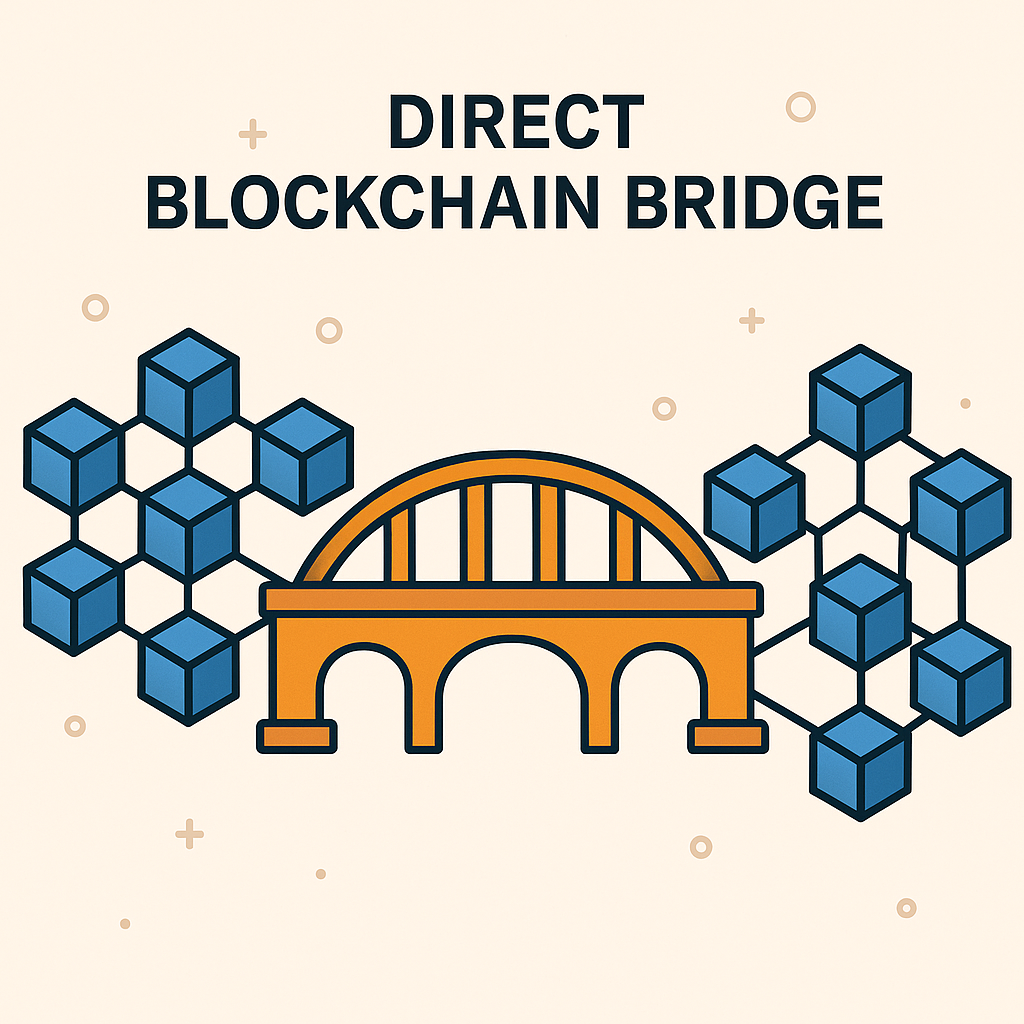
Direct Bridges: Connect two blockchains directly, often offering lower fees and faster transfers for supported tokens.
-
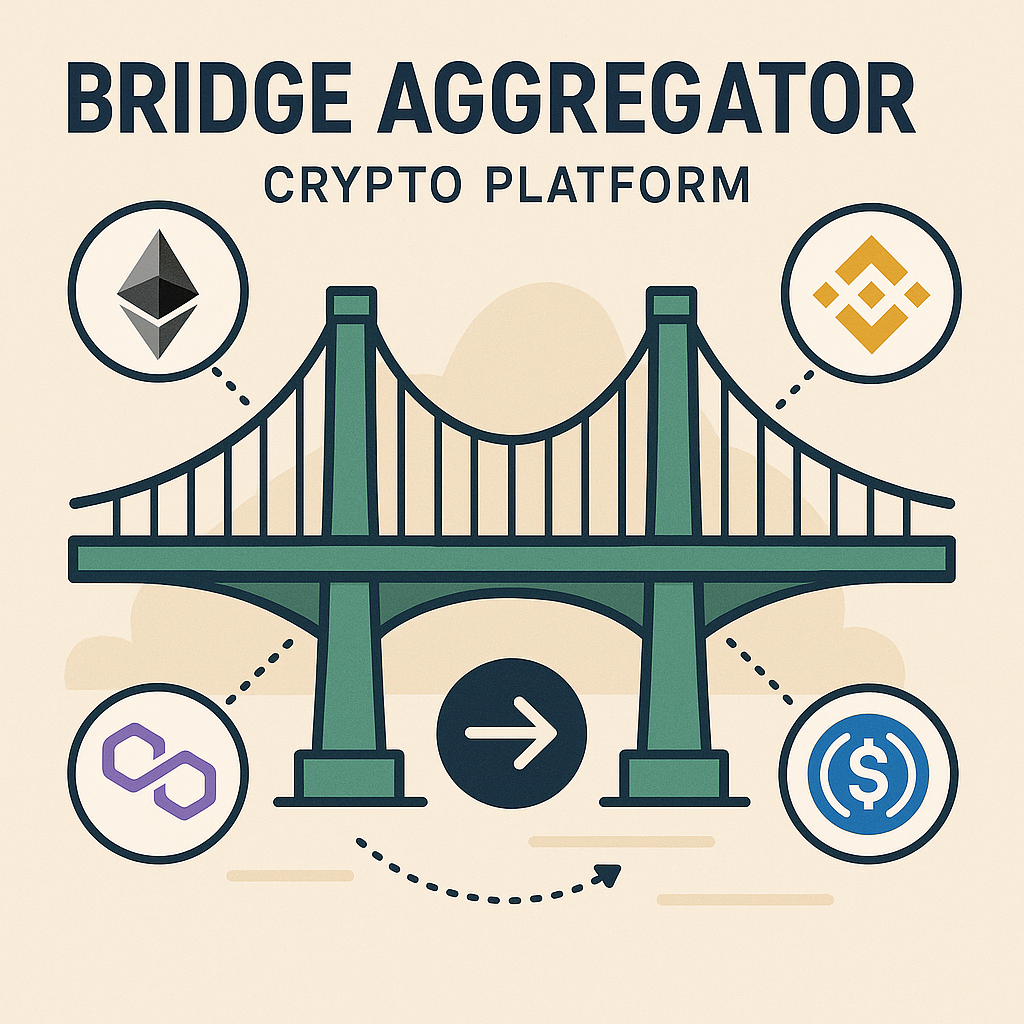
Bridge Aggregators: Platforms like Symbiosis Finance or Rango Exchange compare multiple bridges, finding the best route for your transfer across different networks.
-
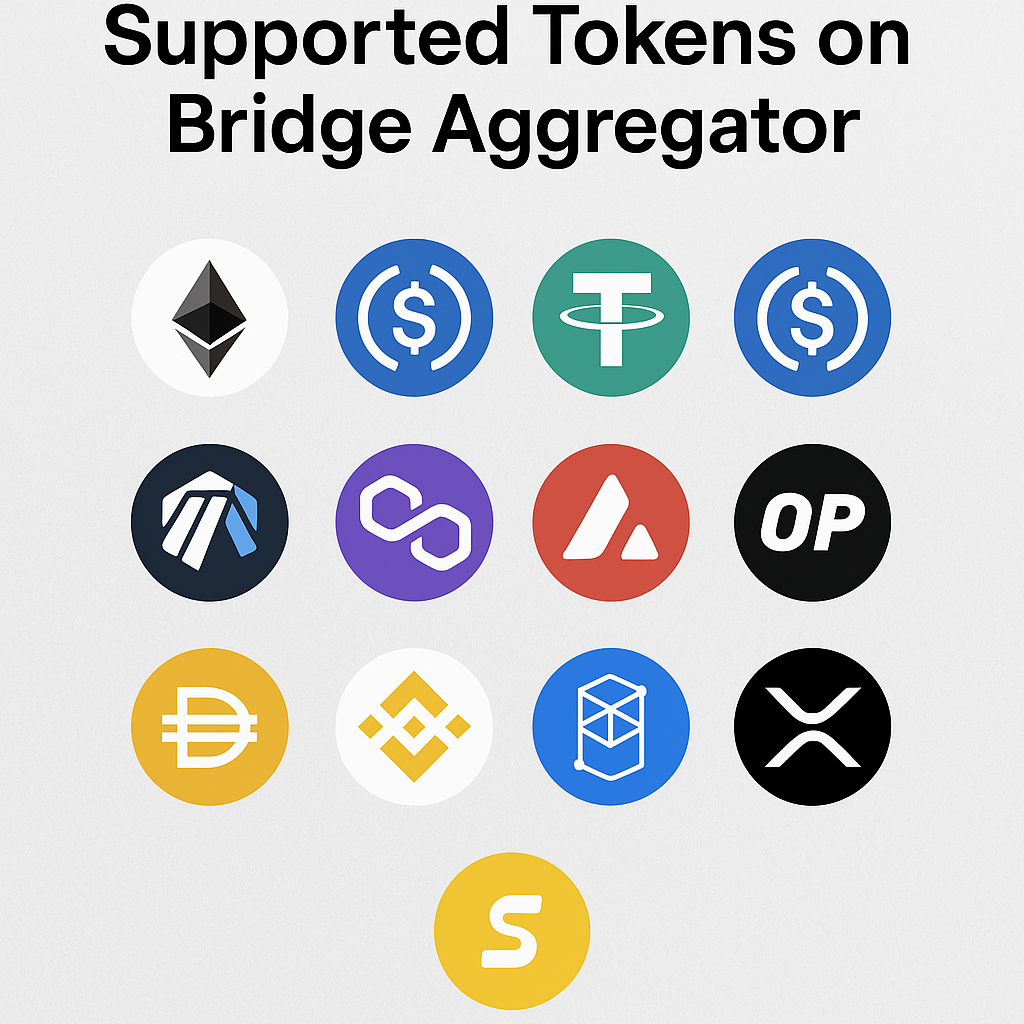
Token Support: Direct bridges may support fewer tokens, while aggregators often provide access to a wider range of assets.
-

User Experience: Aggregators typically offer a simpler interface and one-stop solution, while direct bridges might require more manual steps.
-
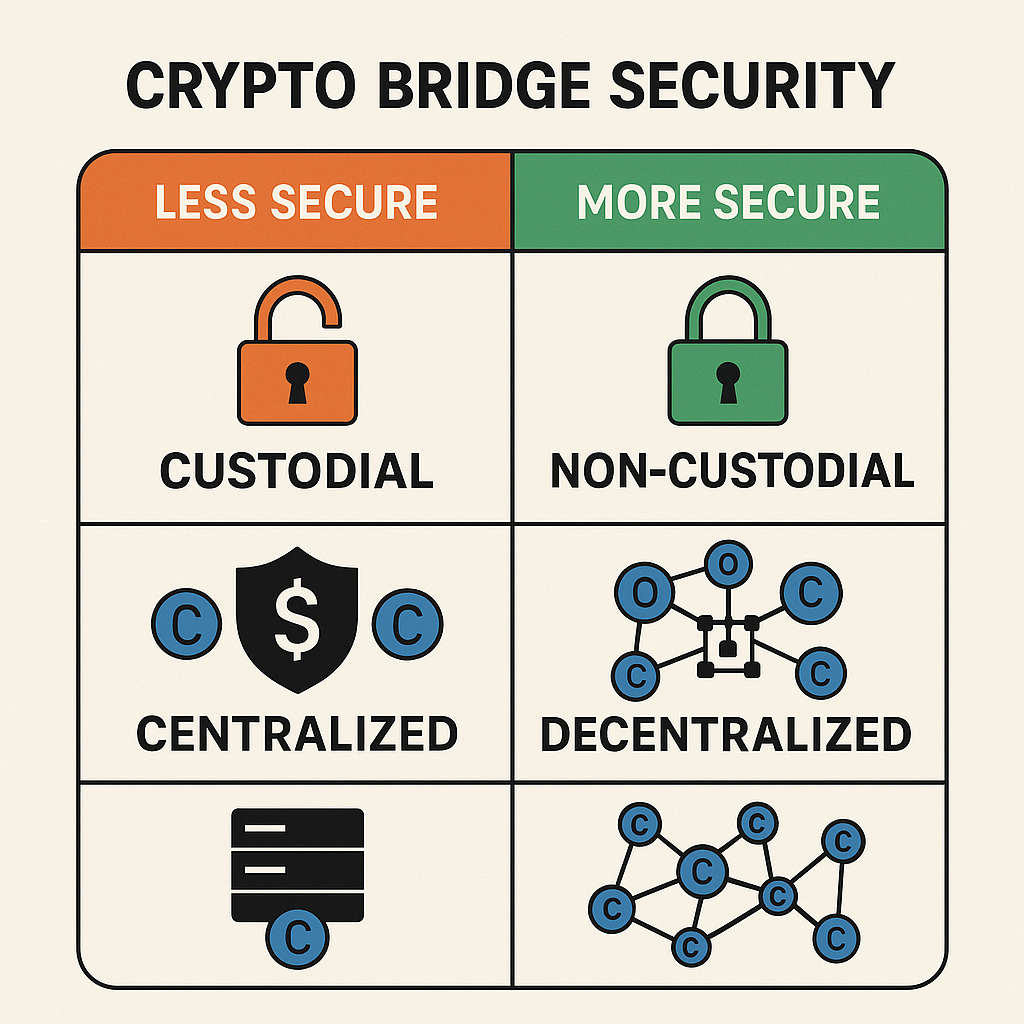
Reliability & Security: Direct bridges are usually more straightforward, but aggregators add an extra layer, so always check their reputation and security measures.
Bridge aggregators, such as Symbiosis Finance or Rango Exchange, scan multiple bridges for the best rates and fastest routes—perfect if you want a hassle-free experience. On the other hand, using an official bridge like Base Superbridge ensures maximum security for supported assets like ETH and USDC.
Supported Tokens To Bridge From Each Network
| Source Network 🌐 | Popular Tokens 💸 |
|---|---|
| Arbitrum One | ETH, USDC, ARB |
| BNB Chain | BNB, USDT, USDC |
| Linea | ETH, USDC.e |
If your token isn’t listed above but is ERC-20 compatible, check if it’s supported by your chosen bridge aggregator before proceeding.
Your Pre-Bridge Checklist: Get Ready in Minutes!
This preparation ensures that your bridging experience is smooth—and helps avoid common mistakes like sending funds to unsupported networks!
Now that you’re prepped and ready, let’s dive into the actual process of bridging tokens from Arbitrum, BNB Chain, or Linea to Base. The steps are similar for most bridge platforms, but it’s important to pay attention to network-specific details and always double-check the bridge’s supported tokens.
Step-by-Step: How to Bridge From Arbitrum, BNB Chain, or Linea to Base
Here’s a general workflow you can expect when using a bridge aggregator like Symbiosis Finance or Rango Exchange:
- Connect Your Wallet: Open your preferred bridge aggregator and connect your wallet (MetaMask is most common).
- Select Source & Destination Networks: Choose your source network (Arbitrum, BNB Chain, or Linea) and set Base as the destination.
- Pick Your Token: Select the token you wish to bridge (e.g., USDC, ETH). If it’s not visible, paste its contract address.
- Enter Amount & Review Fees: Type in the amount you want to transfer. The aggregator will show you estimated fees and arrival time.
- Approve & Confirm Transaction: Approve the token if prompted (first-time only), then confirm the bridging transaction in your wallet.
- Wait for Confirmation: Most bridges complete transfers within minutes—though times may vary with network congestion.
If you’re moving large amounts or want extra security guarantees, consider using official bridges such as the Base Superbridge. For smaller or less common tokens, aggregators give you flexibility and speed.
Estimated Fees & Timings: What To Expect
| Bridge Type 🔗 | Typical Fee 💵 | Arrival Time ⏱️ |
|---|---|---|
| Official Bridge (ETH/USDC) | $1-$5 | <10 min |
| Aggregator (ERC-20) | $2-$8* | <15 min |
| CEX Withdrawal Directly to Base | $0-$10* | <5 min* |
*Depends on token liquidity and current gas prices. Always review before confirming!
A great tip: some exchanges now support direct withdrawals to Base—potentially saving time and fees. Double-check if your exchange offers this option for assets like USDC or ETH!
Troubleshooting Common Issues When Bridging Tokens
- If your tokens don’t appear on Base after bridging, try adding the token contract address manually in MetaMask.
- If a transaction is stuck or delayed beyond expected times, check both source/destination block explorers for status updates.
- If gas fees seem unusually high, wait for lower network congestion or try another time of day.
- If unsure about any step—never hesitate to ask questions in official Discords or Telegram groups for help!
The world of cross-chain bridging is evolving fast—with new tools popping up every month. Platforms like Symbiosis Finance and Rango Exchange are making it easier than ever for everyday users. As always: double-check URLs before connecting your wallet and stick with reputable services listed on official docs whenever possible.�a0If you’re curious about finding the absolute fastest bridge routes at any given moment, keep an eye on community aggregators—they often surface hidden gems before they go mainstream!
Staying safe is just as important as moving quickly. Scams and phishing sites do exist, so always cross-check the bridge URL with official project documentation or trusted sources. Bookmark legitimate bridges like Base Superbridge, and never trust unsolicited DMs offering to “help” you bridge funds.
Tips for a Smooth Bridging Experience
- Double-check token contract addresses before pasting them into any bridge UI. Mismatched addresses are a common cause of lost assets.
- Start with a small test transfer if you’re bridging to Base for the first time. This helps ensure your setup is correct without risking large sums.
- Monitor gas prices on the source network (especially on BNB Chain or Arbitrum) to avoid overpaying during peak hours.
- Use updated wallets: Make sure your MetaMask or other wallet is up-to-date to support all required networks and tokens.
Security Reminders & Best Practices
The most reputable bridges and aggregators use audited smart contracts, but no system is ever 100% risk-free. Here are some extra safety best practices:
- If possible, use hardware wallets for added protection when bridging large amounts.
- Avoid clicking links from social media comments or DMs—always navigate directly from official project websites.
- Bookmark block explorers like Basescan, Arbiscan, and BscScan to track your transactions in real time.
- If you run into issues, look for help in official Discord servers or Telegram groups—never share your seed phrase!
Staying Up-to-Date With Bridge Developments
The landscape of cross-chain bridges is changing rapidly, with new protocols and improved user experiences rolling out every month. Following key community channels, such as the official Base Twitter account and reputable DeFi newsletters, can help you stay ahead of updates—including new supported assets, faster routes, and reduced fees.
If you’re interested in tracking current routes and liquidity across multiple bridges at once, try using a bridge aggregator dashboard like DeFiLlama’s Bridges page. These tools can show real-time stats on volume, speed, and even highlight which routes are trending among power users.
The ability to easily move assets from Arbitrum, BNB Chain, or Linea directly onto Base is unlocking new opportunities for both seasoned DeFi users and newcomers alike. As more apps launch exclusively on Base—and as bridging becomes even smoother—expect this ecosystem to keep growing in both activity and value.
So whether you’re seeking cheaper swaps, fresh NFT mints, or simply want to experiment with the latest memecoins on Base chain: now you know exactly how to get there safely.�a0Happy bridging!







